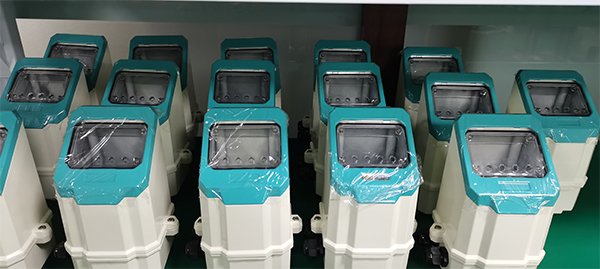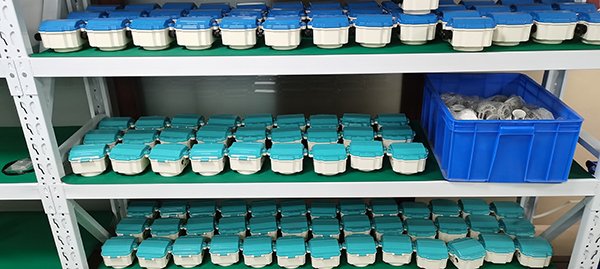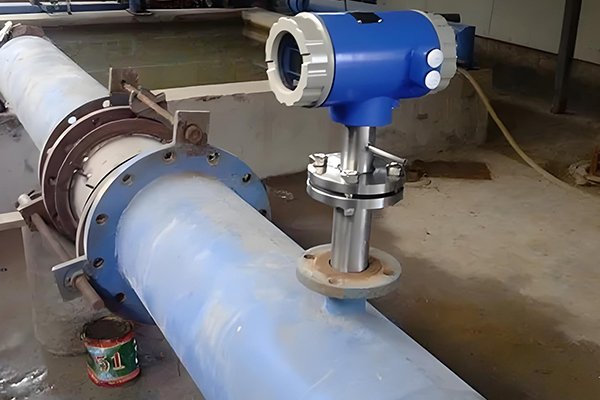Introduction to Zirconia Oxygen Analyzer
The Zirconia Oxygen Analyzer is a high-precision oxygen measurement instrument, characterized by its simple structure, high accuracy, and rapid response. Based on the electrochemical principles of zirconia, it evaluates oxygen content by measuring the oxygen concentration potential difference. Widely used in industrial boilers and kilns for flue gas oxygen content measurement, it aids in energy conservation and emission reduction.
Why choose a Zirconia Oxygen Analyzer
A large petrochemical enterprise aimed to improve the combustion efficiency of its ethylene and aromatic hydrocarbon production processes and reduce the generation of harmful emissions. Therefore, it decided to introduce a Zirconia to optimize combustion control.

Installation Process of Zirconia Oxygen Analyzer
How to choose a zirconia analyzer model
Based on the boiler flue layout, an appropriate sampling point was chosen to ensure the sample location accurately represented the overall oxygen content of the flue gas.
installation preparations
The flue was cleared of ash and debris to ensure an unobstructed sampling point. The model and specifications of the zirconia oxygen analyzer were checked to confirm suitability for boiler operating conditions.
Installation
The analyzer probe was inserted into the flue, ensuring a tight seal to prevent gas leakage. The probe installation site was chosen to avoid areas of intense vibration within the flue to maintain measurement stability.
Wiring and Commissioning
Electrical connections were made according to the zirconia oxygen analyzer’s wiring diagram. Initial commissioning involved checking the analyzer’s display and signal output to ensure normal operation.

Use effect of Zirconia Analyzer
Improved Combustion Efficiency
Through real-time monitoring and adjustment of theproduct, the enterprise was able to precisely control the oxygen-to-fuel ratio during combustion, achieving complete combustion. This not only improved combustion efficiency but also reduced fuel consumption and the generation of harmful emissions.
Reduced Operating Costs
After optimizing combustion control, the enterprise’s energy utilization efficiency increased, reducing unnecessary energy waste. Additionally, by reducing harmful emissions, environmental governance costs were also reduced.
Enhanced Product Quality
The optimization of the combustion process not only improved combustion efficiency but also stabilized the ethylene and aromatic hydrocarbon production process. This contributed to an improvement in product quality and quantity.
Related product introduction:




